Exploring French Wine Regions Through Cuisine
11 min read Discover how regional cuisines reflect France's diverse wine regions through unique flavors and culinary traditions. June 21, 2025 09:05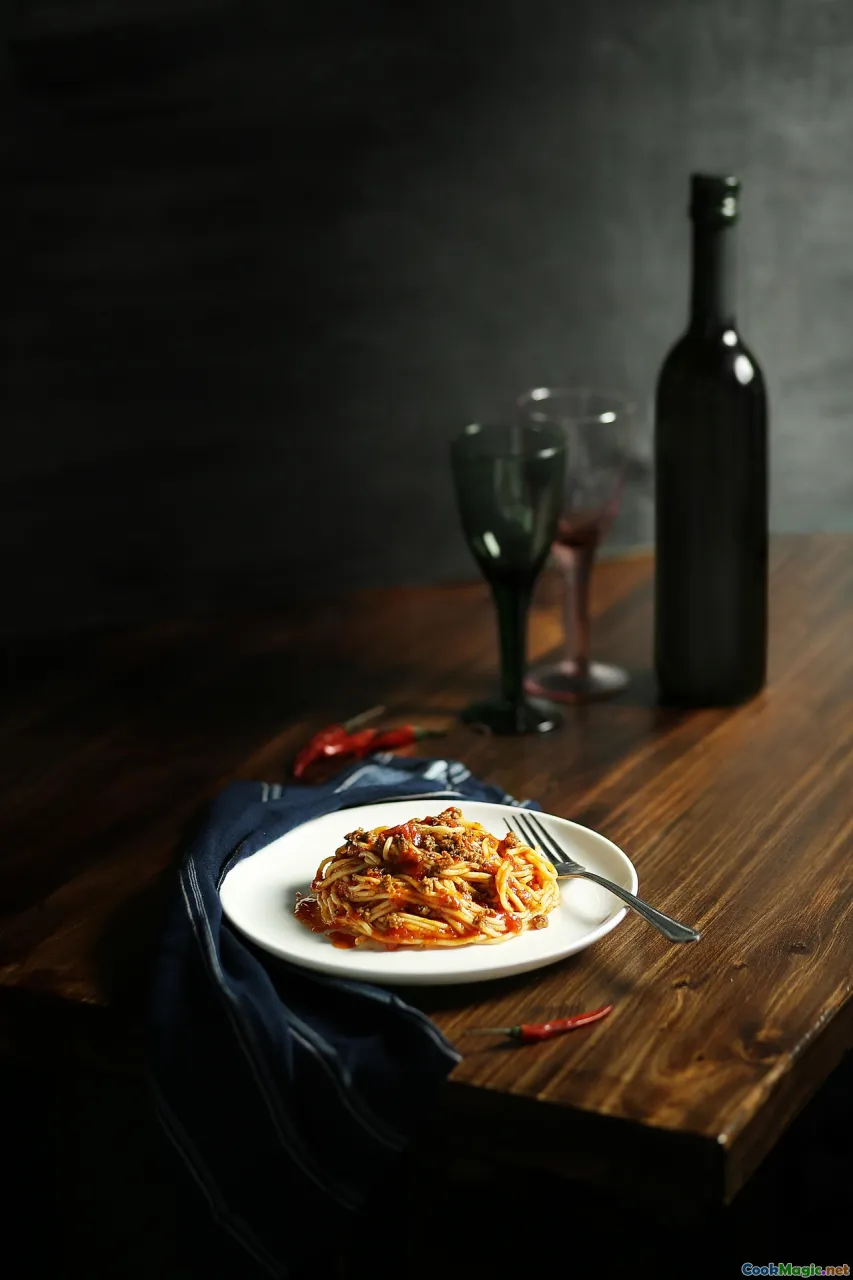
Exploring French Wine Regions Through Cuisine
Imagine wandering through sun-drenched vineyards, the air humming with the scent of ripe grapes and earthy soil. Envision tables laden with dishes that whisper stories of history, climate, and local terroir—all paired perfectly with wine that elevates and celebrates regional identity. French cuisine isn’t just a matter of ingredients; it's an immersive journey through a tapestry of environments, cultures, and centuries-old traditions woven into every bite and sip. Today, we embark on a flavorful voyage to discover how the diverse wine regions of France shape their neighboring cuisines, offering a sensory symphony that is as authentic as it is enchanting.
The Bordeaux Legacy: The Union of Wine and Gastronomy
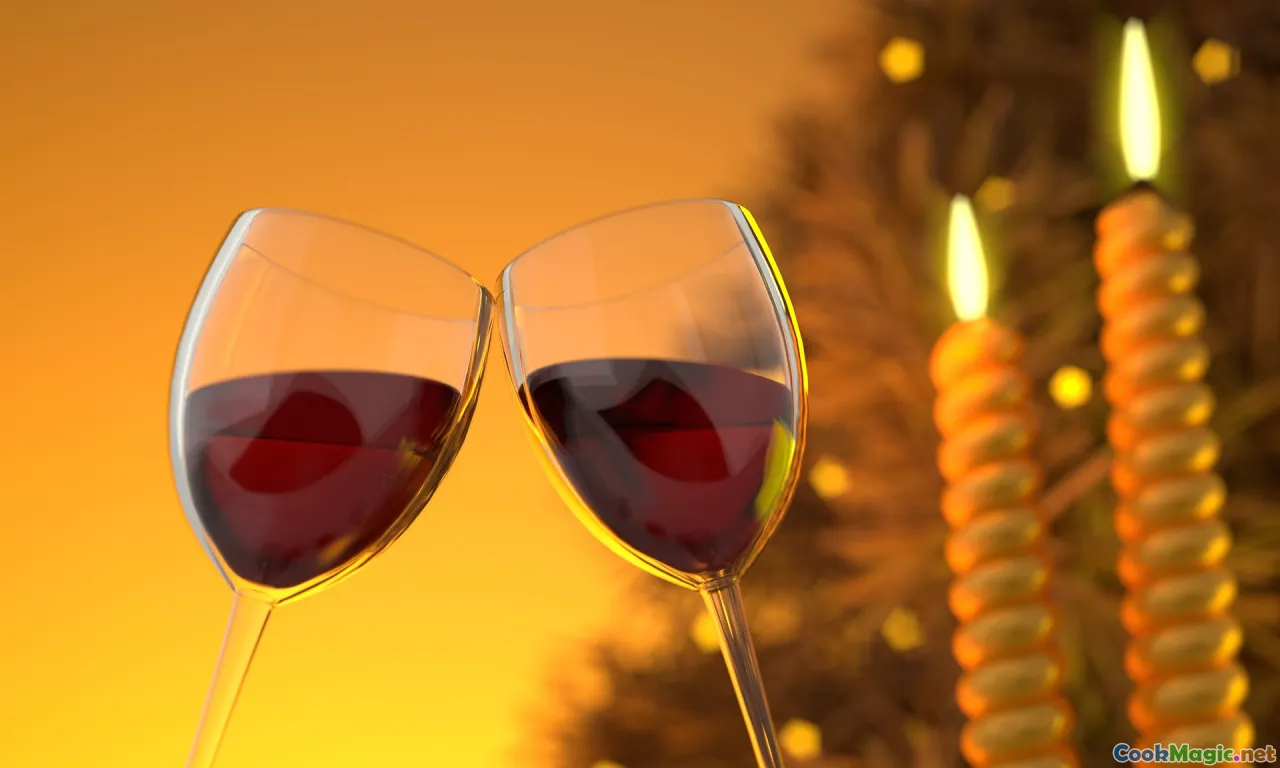
Bordeaux is synonymous with grandeur—not just in its majestic châteaux but also in its vibrant culinary traditions. Here, the marriage of wine and food is deliberate, deliberate, and deeply ingrained in daily life. Picture a steaming plate of entrecôte à la bordelaise, a tender beef steak mugged with a rich Bordelaise sauce made from shallots, bone marrow, and, quintessentially, a dash of Bordeaux’s iconic wines—perhaps a splash of moist, fruit-laden Merlot.
Bordeaux’s vineyards, sprawling across lush, rolling hills, breathe life into rural recipes: thinkcannelés, those caramelized, tender custard tarts infused with vanilla and rum—a sweet counterpoint to the savory, hearty flavors of local dishes.Pro Tip:For an authentic Bordeaux experience, pair a glass ofPomerolwith a beef dish or‘ côte de boeuf,’ letting the wine’s velvety tannins slide seamlessly into the richness of the meat.Personal Insight:Walking through the cellars of Saint-Émilion, I tasted the mineral elegance of a well-aged Château Cheval Blanc, perfectly balanced with a traditionalrougie lamb stew—an everyday feast that echoes centuries of regional pride.
Burgundy’s Elegant Orchestra: Pinot Noir and Restaurant-Style Simplicity
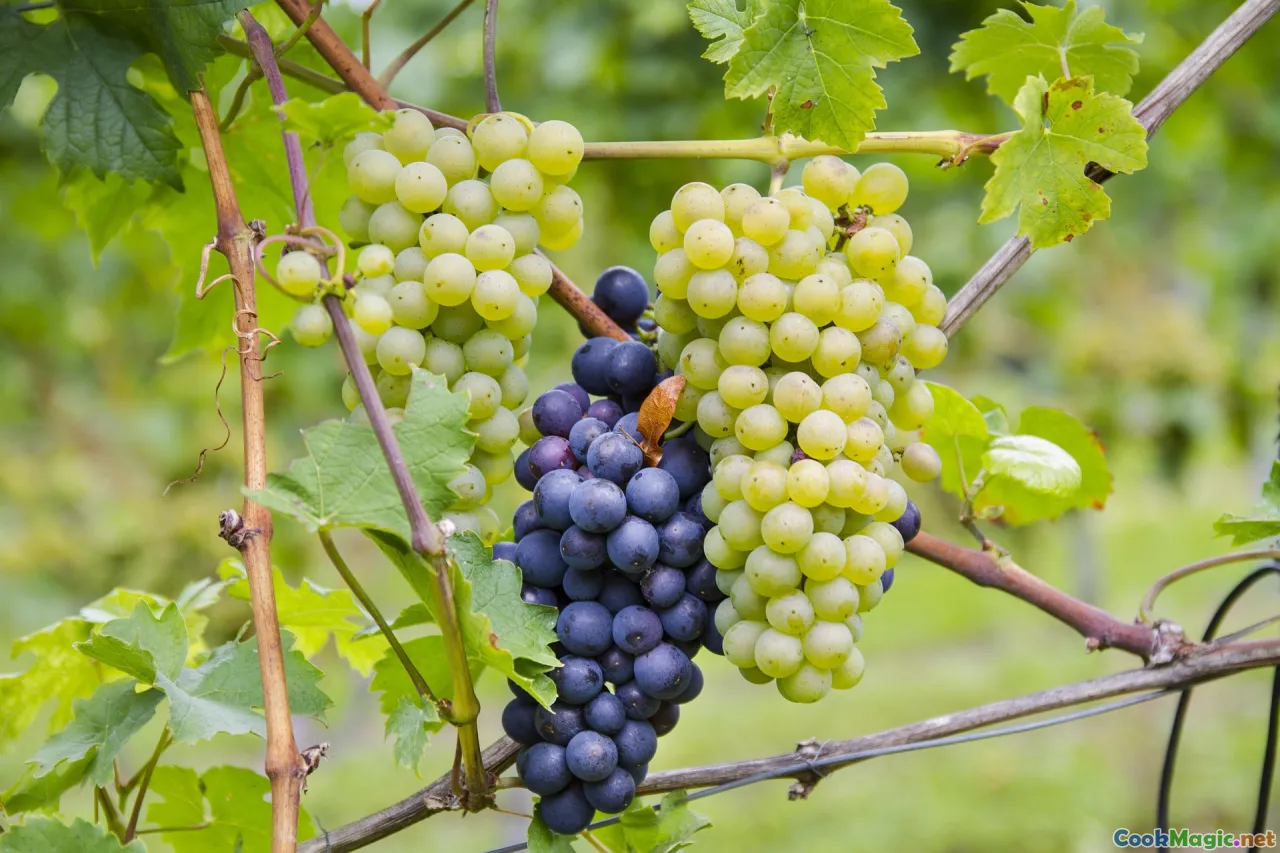
In Burgundy, every sip of the delicate, ruby-colored Pinot Noir sparks an emotional connection—an exquisite dance of red fruits, earthiness, and a whisper of moss. This wine’s soft tannic grip harmonizes perfectly with the subdued elegance of Burgundy cuisine—a region where simplicity meets sophistication.
Take the classic boeuf bourguignon: tender chunks of beef simmered slowly in red wine, complemented by pearl onions, mushrooms, and a hint of thyme. The dish’s deep, savory broth mirrors the complex layers of Burgundy Pinot Noir, creating a sensory dialogue between wine and plate.
The region’s focus extends beyond beef—other specialties includeclafoutis aux cerises(cherry clafouti) andescargots de Bourgogne—delicately prepared snails flavored with garlic, parsley, and butter, often enjoyed with a glass of Pinot Noir to cut through their richness.Culinary Tip: Slightly chilled, your Burgundy Pinot Noir can be the ideal companion for a cheese platter—aim for Brie or Epoisses—to experience a symphony of flavors.
Rhône Valley: Bold Flavors, Robust Wines
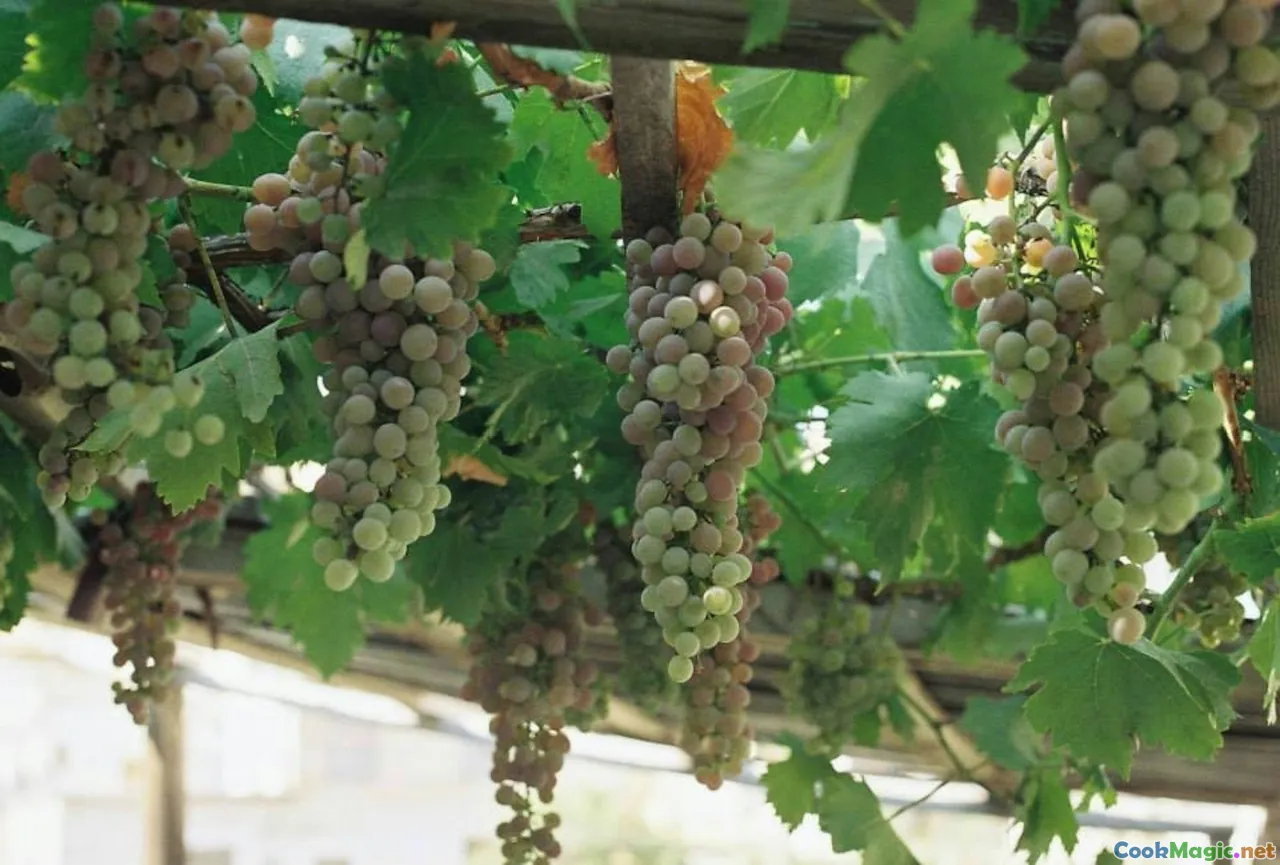
Moving southward, the Rhône Valley bursts with robust flavors and a sun-drenched sensibility. Its dark, peppery Syrahs are complemented by hearty dishes that embrace spice, herbs, and depth. Picture a steaming bowl of poulpe à la catalane—octopus simmered with garlic, paprika, and Provençal herbs—served alongside a glass of Crozes-Hermitage.
In the smaller villages of Tain-l’Hermitage or Châteauneuf-du-Pape, you find rustic, soul-satisfying cuisine:ratatouille, robust stews of lamb, and tapenade—olive paste slathered on crusty bread, contrasting beautifully with the wine’s spicy, smoky caractère.**Insight:**Rhône wines, particularly the powerful reds, bring out the smoky, gamey undertones of meats like duck à l’orange or grilled sausages, making the pairing a celebration of bold flavors.Tip: Try the synergy of Syrah with sun-dried tomato-infused pasta for a harmonious balance of acidity, heat, and fruit.
Alsace: A Crossroads of Cultures and Flavors
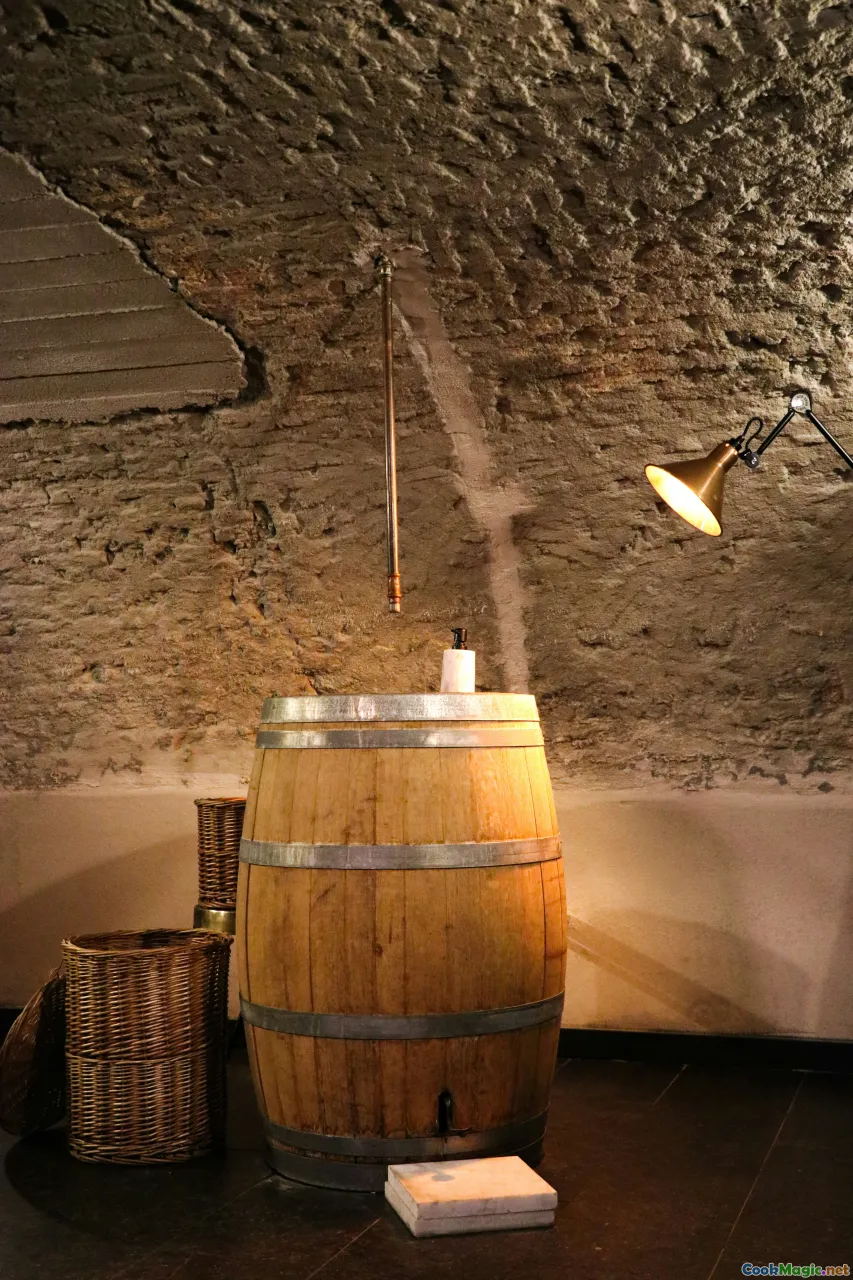
Nestled between France and Germany, Alsace’s cuisine is an exquisite mirror of its multicultural heritage. It boasts hearty, comforting dishes spiced up with European influence, paired with aromatic, often slightly sweet wines. Imagine a crisp glass of Gewürztramineralongsidechoucroute garnie—a traditional dish of fermented cabbage loaded with sausages, pork, and potatoes.
The region’s signature flammkuchen (tarte flambée) is a thin crust topped with crème fraîche, onions, and lardons, its smoky, tangy flavor enhanced beautifully by a dry Alsace Riesling.
Personal tip: The aromatic spices of Gewürztraminer elevate dishes like foie gras or spicy Asian-inspired recipes, adding a floral, honeyed note to the experience.
Storytelling: During a quaint holiday market, I relished a slice of tarte flambée while sampling local wines—each sip accentuated the crispy, smoky crust and caramelized onions, creating a symphony of textures and flavors.
Champagne: Sparkling Celebrations & Classic Pairings
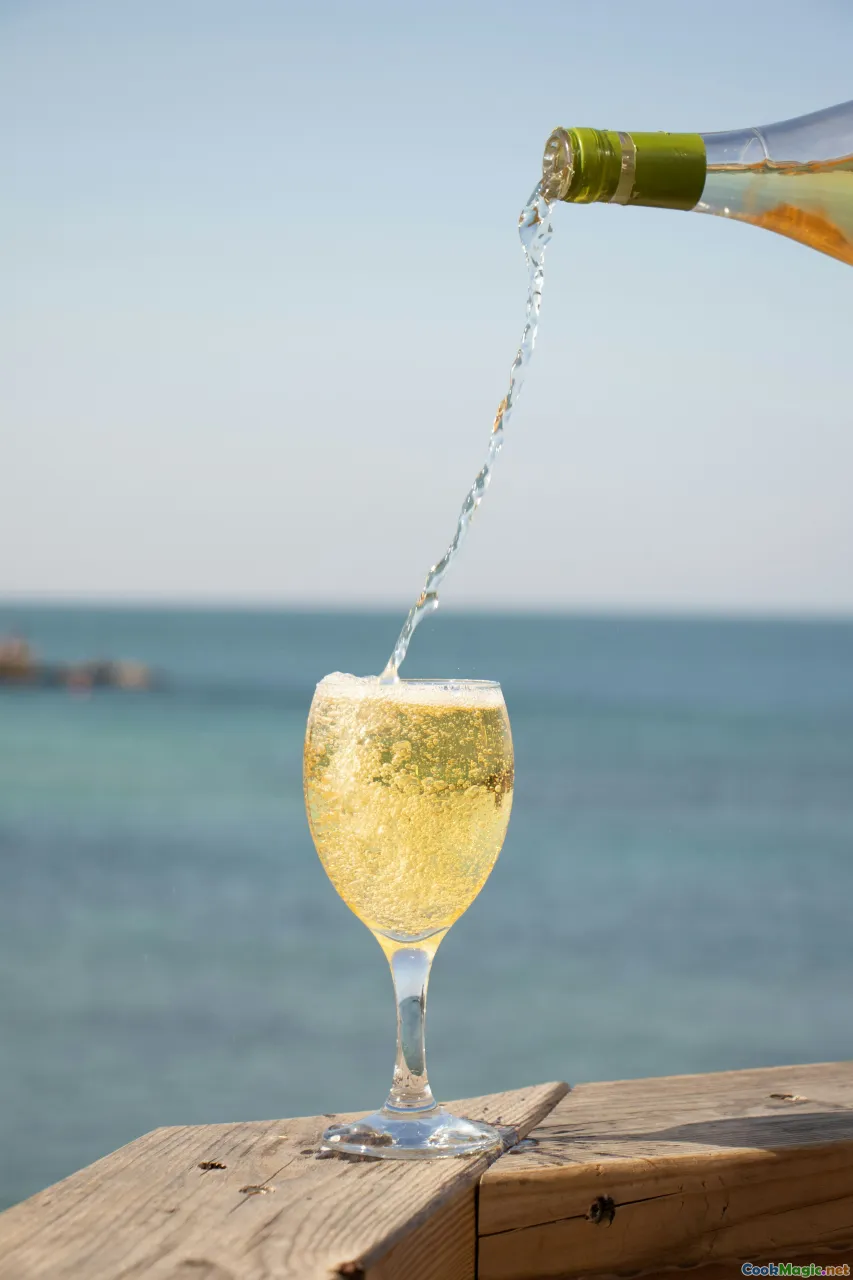
No exploration of French regions would be complete without the effervescent magic of Champagne. This sparkling wine isn’t reserved solely for celebrations—its vibrant bubbles and chiseled acidity make it a versatile companion to many dishes.
Taste delicate notes of green apple, brioche, and toasted almond in a glass of vintage Champagne. Imagine relishing fresh oysters with a crisp Blanc de Blancs, or savoring fried chicken and caviar pairings that highlight the wine's playful acidity.
Classic dishes like rayée en mousse(poached fish with Champagne sauce) showcase how sparkling wine elevates the lightest of fare.Personal Reflection:Champagne’s lively effervescence lifts the traditionalquipuilles (oyster platters) in a way that amplifies oceanic saltiness and mineral freshness, making every bite sparkle.
Charting a Personal Culinary Voyage
Exploring France’s wine regions through their cuisine isn’t just about tasting—it's about feeling the land, understanding its history, and connecting through shared traditions. Each region’s culinary identity is a sensory map, guiding you through rolling vineyards, rocky coastlines, sun-drenched valleys, and medieval villages.
When visiting Bordeaux, I recommend wandering through Saint-Émilion’s narrow streets, tasting artisanal cheeses, and sipping local wines overlooking sprawling vineyards. In Burgundy, participate in a traditional wine and cheese evening in Beaune, where local Comté pairs beautifully with softly tannic Pinot Noir.
The Rhône invites you to savor a slow-cooked bœuf à la sauce rougeafter a day of vineyard visits, while Alsace’s Christmas markets serve up mulled wines, steaming hearty stews, and buttery pretzels.Culinary Tip: To deepen your understanding, seek out local cooking classes or guided tastings—these immersive experiences make regional flavors leap into your own kitchen.
And remember: true to French culinary philosophy, the magic lies in harmony—where food and wine amplify each other’s stories. As you taste, savor, and explore, let each sip and each bite immerse you deeper into the soul of France.
Embark on this voyage with a spirit of curiosity and respect, and you’ll find that French wine regions aren’t just geographical corners—they’re living tapestries woven with passion, history, and unforgettable flavor.









